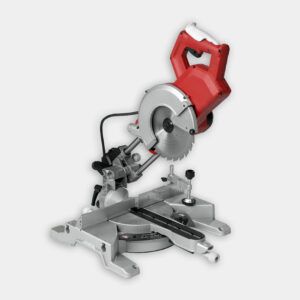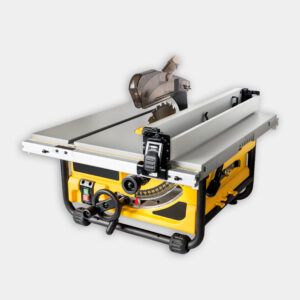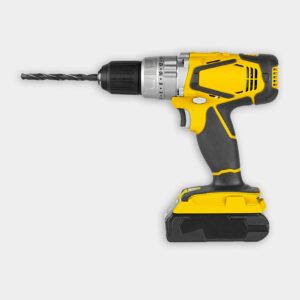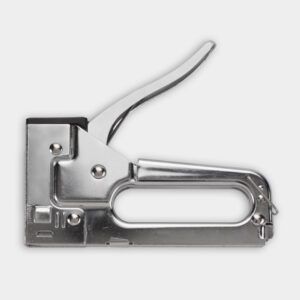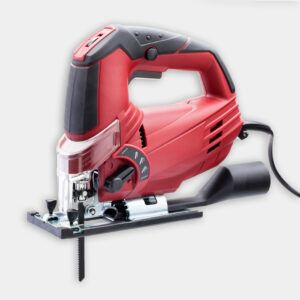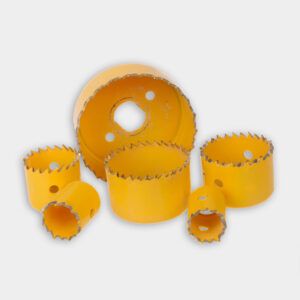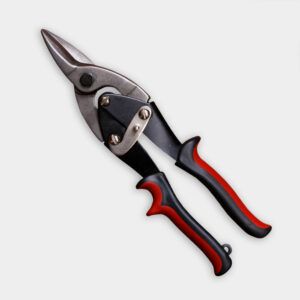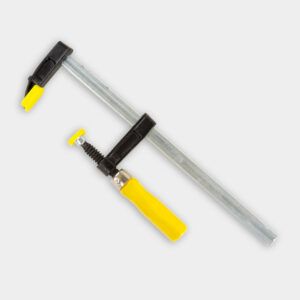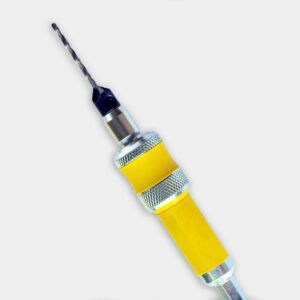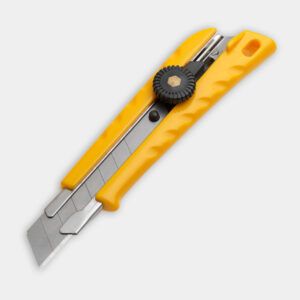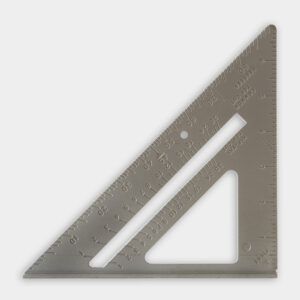Project details
Skill
Cost
Estimated Time
Building your own beehive can be a rewarding project for both novice and experienced beekeepers. Not only does it provide a home for these essential pollinators, but it also allows you to customize the hive to your specific needs. In this guide, Kevin O’Connor and general contractor Tom Silva walk you through the process of constructing a standard Langstroth hive, the most common type used by beekeepers today, ensuring your bees have a well-constructed and safe environment.
Anatomy of a Beehive
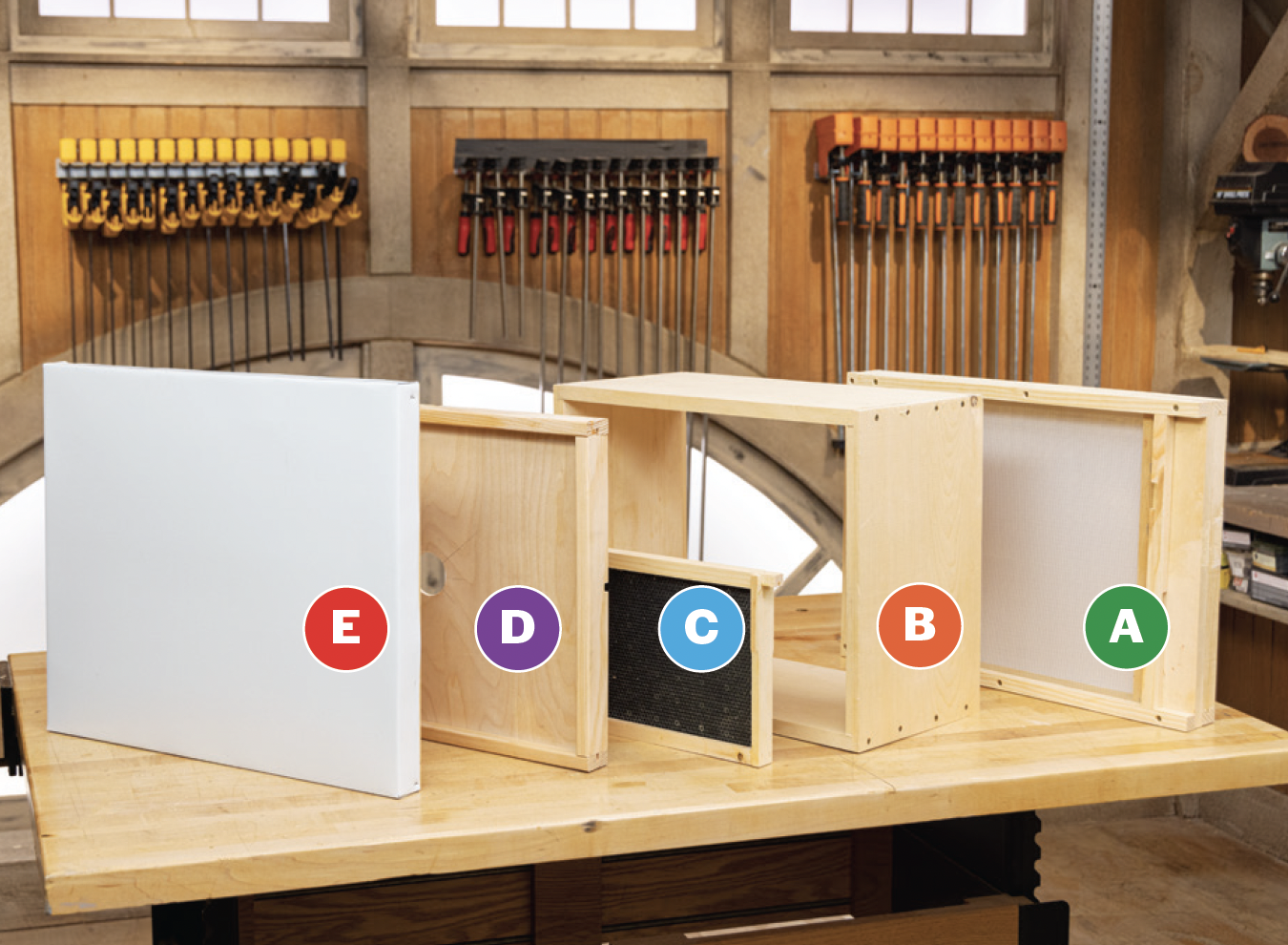
A typical Langstroth beehive consists of five main components, each serving a crucial role in the hive’s functionality and the bees’ well-being. The base (A) forms the foundation, supporting the entire structure. The hive body (B) is where the bees live and raise their young. Inside the hive body, you’ll find frames (C) where bees construct their honeycombs. An inner cover with a ventilation hole (D) helps regulate temperature and humidity. Finally, an aluminum-clad outer cover (E) protects the hive from the elements.
This modular design is practical for the bees and the beekeeper. It allows for easy inspection, honey harvesting, and the ability to add additional boxes as the colony grows. Understanding each component is essential for building and maintaining a thriving beehive.
While Tom has no plans to become a beekeeper, building this hive made him appreciate how well the design is tailored to bees’ needs: “It’s pretty cool.”
What You Need for This Project
Remember to gather and prepare all tools and materials before beginning project construction. This will make things run more smoothly.
Cut List
Cutting your section pieces before starting the beehive will make the process more efficient.
Base:
- One 15 1/4-by-21 1/2-by-3/16-inch sheet of corrugated plastic
- One 18-by-20-inch piece of window screen
- One 14 3/4-by-3/4-by-3/4-inch pine entrance reducer
- One 16 1/4-by-3 1/4-by-1/4-inch pine landing area
- One 14 3/4-by-3/4-by-1-inch pine front lower crosspiece
- One 16 1/4-by-3/4-by-3/4-inch pine top back piece
- One 14 3/4-by-3/4-by-1 1/8-inch pine center back piece
- One 14 3/4-by-3/4-by-3/8-inch pine lower back piece
- Two 21 1/4-by-3/4-by-3/4-inch pine top sidepieces
- Two 22-by-3/4-by-1 3/4-inch pine lower sidepieces
Hive Body
- Two 16 1/4-by-3/4-by-9 5/8-inch pine front panels
- Two 19-by-3/4-by-9 5/8-inch pine side panels
Frames
- One 9 3/8-by-10-by-1 3/8-inch piece of pine to mill into 20 sidepieces later
- Ten 18 7/8-by-1 1/16-by-3/4-inch pine top pieces
- Ten 17-by-3/4-by-5/8-inch bottom pieces
- Ten 17-by-8 3/8-by-1/8-inch plastic or wax frame foundation panels Inner
Cover
- One 15 1/2-by-19-by-1/4-inch plywood panel
- Two 14 3/4-by-3/4-by-1 1/2-inch pine front and back pieces
- Two 19 3/4-by-3/4-by-1 1/3-inch pine sidepieces
Outer Cover
- One 17 1/2-by-21-by-1/4-inch plywood panel
- Two 18 1/2-by-3/4-by-1 1/2-inch pine front and back pieces, mitered at a 45° angle across the 3/4-inch face on each end (see drawing for orientation)
- Two 22-by-3/4-by-1 1/2-inch pine sidepieces, mitered at a 45° angle across the 3/4-inch face on each end (see drawing for orientation)
- Four 8 1/2-by-1-by-3/4-inch pine corner braces, mitered across the 1-inch face on each end (see drawing for orientation)
- One 21 9/16-by-25 1/16-inch sheet of aluminum
Materials
- One 1-foot 2×10
- 1/4-inch plywood, 2 by 4 feet
- 18-gauge finish nails, 1 1/4 inches
- 1 1/2-inch #6 wood screws
- Four 8-foot 1×4s
- 10 embossed foundation sheets for the bees to store honey
- Aluminum flashing
- Assorted narrow-crown staples, 1/2 inch to 1 1/4 inches long
- Beehive plans
- Hardware cloth
- Metal window screen
- Rigid plastic sheet
- Wood glue
How To Build a Beehive
This project requires some woodworking skills and access to power tools. If you’re new to woodworking, consider enlisting the help of an experienced friend or taking a basic woodworking class before starting. As you commence the assembly, it’s vital to work methodically to ensure each part of the hive fits together seamlessly.
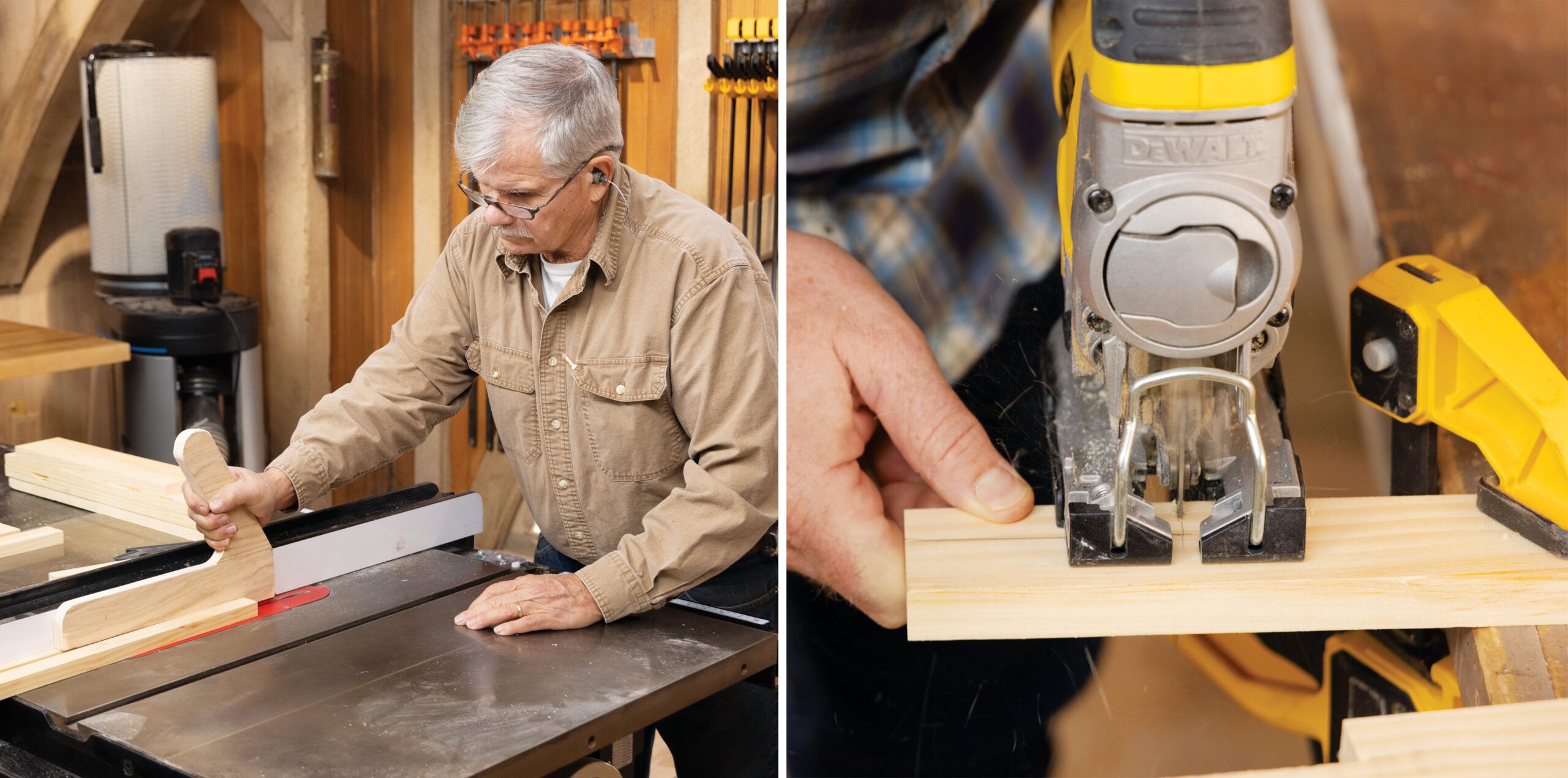
Step 1: Cut All Pieces to Size.
Begin by carefully measuring and cutting all the wooden components according to the cut list provided at the end of this guide. Accuracy is crucial for ensuring a proper fit and a weathertight hive. Use a table saw to rip boards to width and a miter saw to cut pieces to length. For the 2×10 piece that needs to be planed to 1 3/8-inch thickness, use a planer if available or carefully sand it down if not. Double-check measurements to avoid discrepancies.
Step 2: Make the Base Sides and Entrance
The base of your hive is critical for proper ventilation and pest control. Follow the schematic drawings to notch one end of each base piece using a jigsaw. On the table saw, create a 1/4-inch groove on the inside of the pieces to accommodate the plastic panel. For the entrance reducer, use the table saw and miter gauge to cut two dadoes on adjacent sides, making one 1 inch long and the other 2 inches. This design allows for adjustable entrance sizes to help regulate hive temperature throughout the year. This adjustability can be crucial during seasonal changes, providing optimal conditions for your bees.
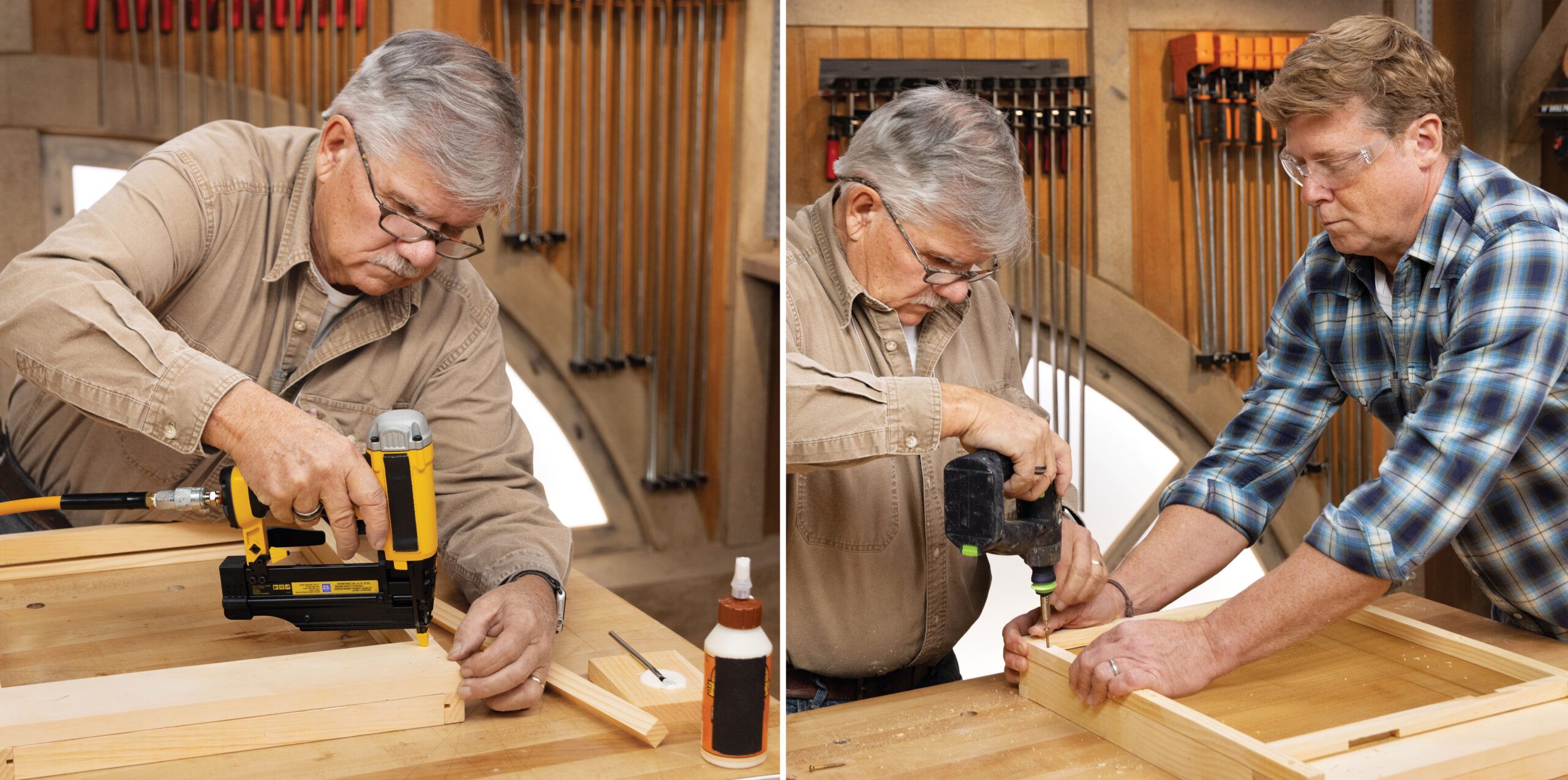
Step 3: Assemble the Base Frame
Carefully align the three base strips and use wood glue and nails to secure them together. As you work, frequently check that the frame remains square. Once assembled, drill pilot holes through each corner using a countersink bit, then drive in screws for added strength and durability, ensuring the stability of your base. This base will support the entire hive, so a sturdy construction is essential for longevity.
Step 4: Install the Screen and Top Base Strip
Attach the screen to the base frame using staples, ensuring it’s taut and free of wrinkles. Trim any excess screen flush with the frame’s sides. Next, attach the top base strip to the back and sides of the base frame using glue and three screws. Leave the entrance reducer loose for now, as it will need to be adjustable. Finally, slide the corrugated plastic sheet into the grooves you created in the base sides. This screen installation serves as a barrier to pests while allowing essential airflow.
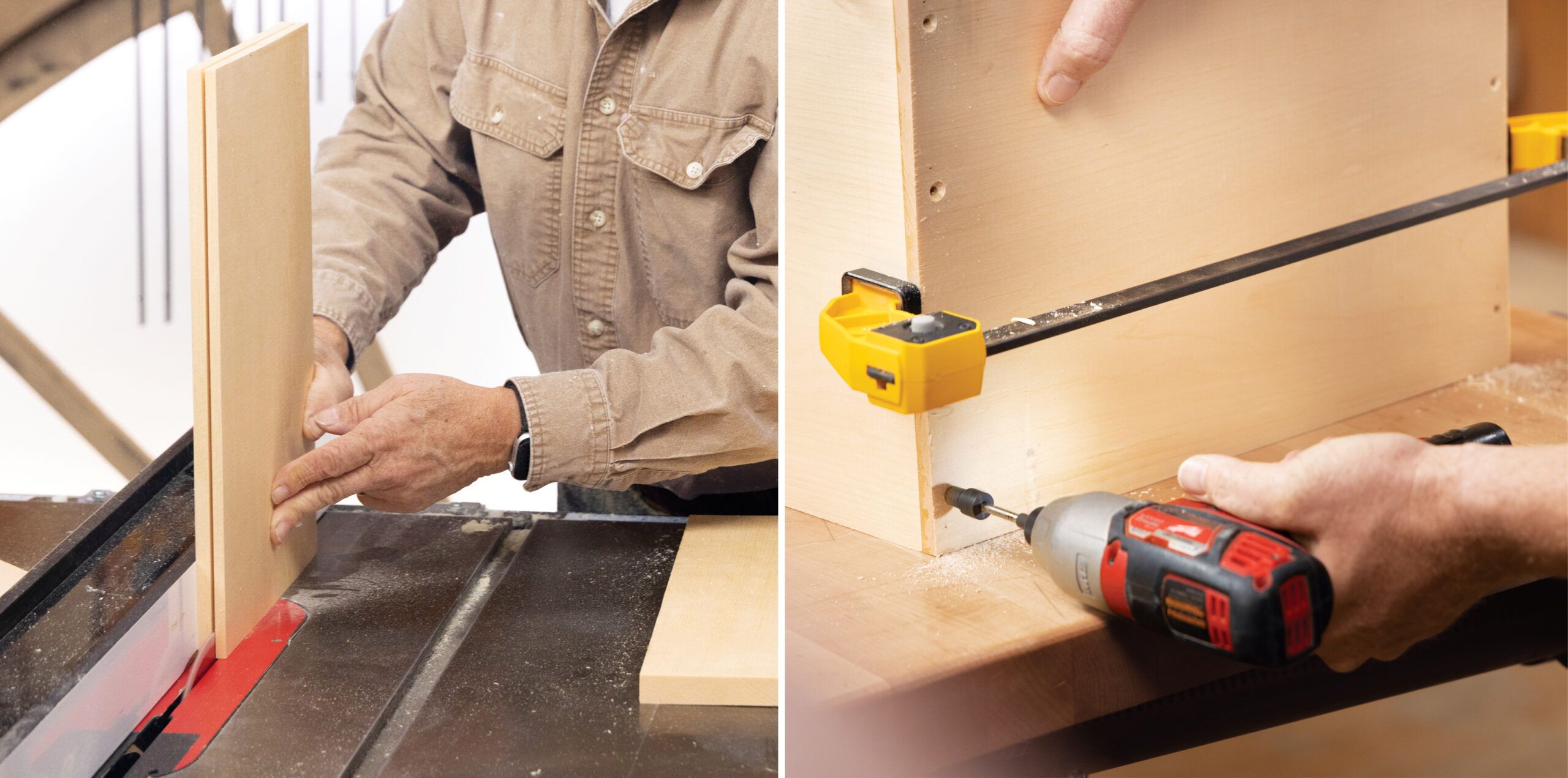
Step 5: Rabbet the Hive Body Panels
The rabbeted edges on the hive body panels are crucial for proper frame placement. Set your table saw blade and fence for a 3/4-inch by 3/4-inch rabbet cut. Carefully run both ends and one side of the front and back panels through the saw vertically. Then, lay each board flat and cut again to complete the rabbets. Always use a push stick to keep your hands safe and prevent kickback, adhering to proper safety protocols. Well-crafted rabbeted edges ensure a snug fit for the hive frames, crucial for the bees’ productivity.
Step 6: Assemble the Hive Body
Apply wood glue to the joints and use a finish nailer to tack each corner together. Clamp the assembly tightly, ensuring it remains square. Once the glue has set, reinforce each corner by countersinking and driving four screws into each joint. This combination of glue and mechanical fasteners will ensure a strong, long-lasting hive body. A sturdy hive body protects the bees and supports the overall structure of the hive. Regular inspections of this component can help identify any wear or damage early.
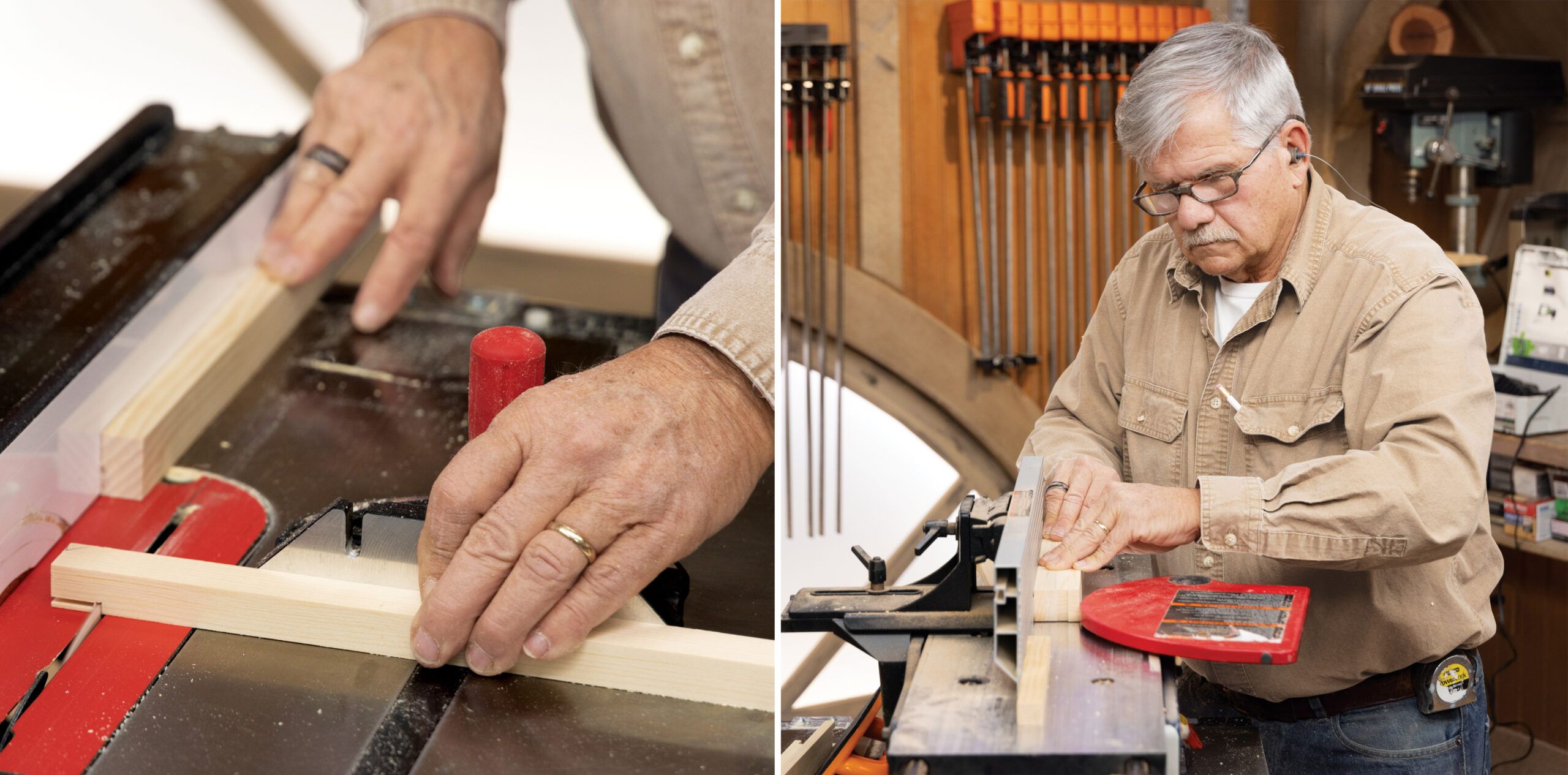
Step 7: Make the Honeycomb Frames
The frames are where bees will build their honeycombs and store honey. Start by cutting the pieces from a 10-inch-wide by 1 3/8-inch-thick board. Mill a 7/16-inch-deep by 7/8-inch wide dado in the center of the board’s long edge. Then, rip it into 20 5/16-inch-thick strips on the table saw. Cut 15/16-inch tenons in the ends of each top piece to fit the dadoes. Finally, rip a 1/8-inch-wide by 1/4-inch-deep groove down the center of each top and bottom frame piece to hold the foundation. Building these frames with precision is key to a productive beehive.
Step 8: Mill Gaps Into the Frame Edges
The lower edges of the frame sides require 5/32-inch gaps to allow bees to move between frames. You can create these gaps using a jointer with a stop block clamped 5 1/2 inches past the cutterhead. If you don’t have access to a jointer, a coping saw can also be used to carefully cut these gaps by hand. These gaps are vital for the bees’ navigation and overall hive efficiency.
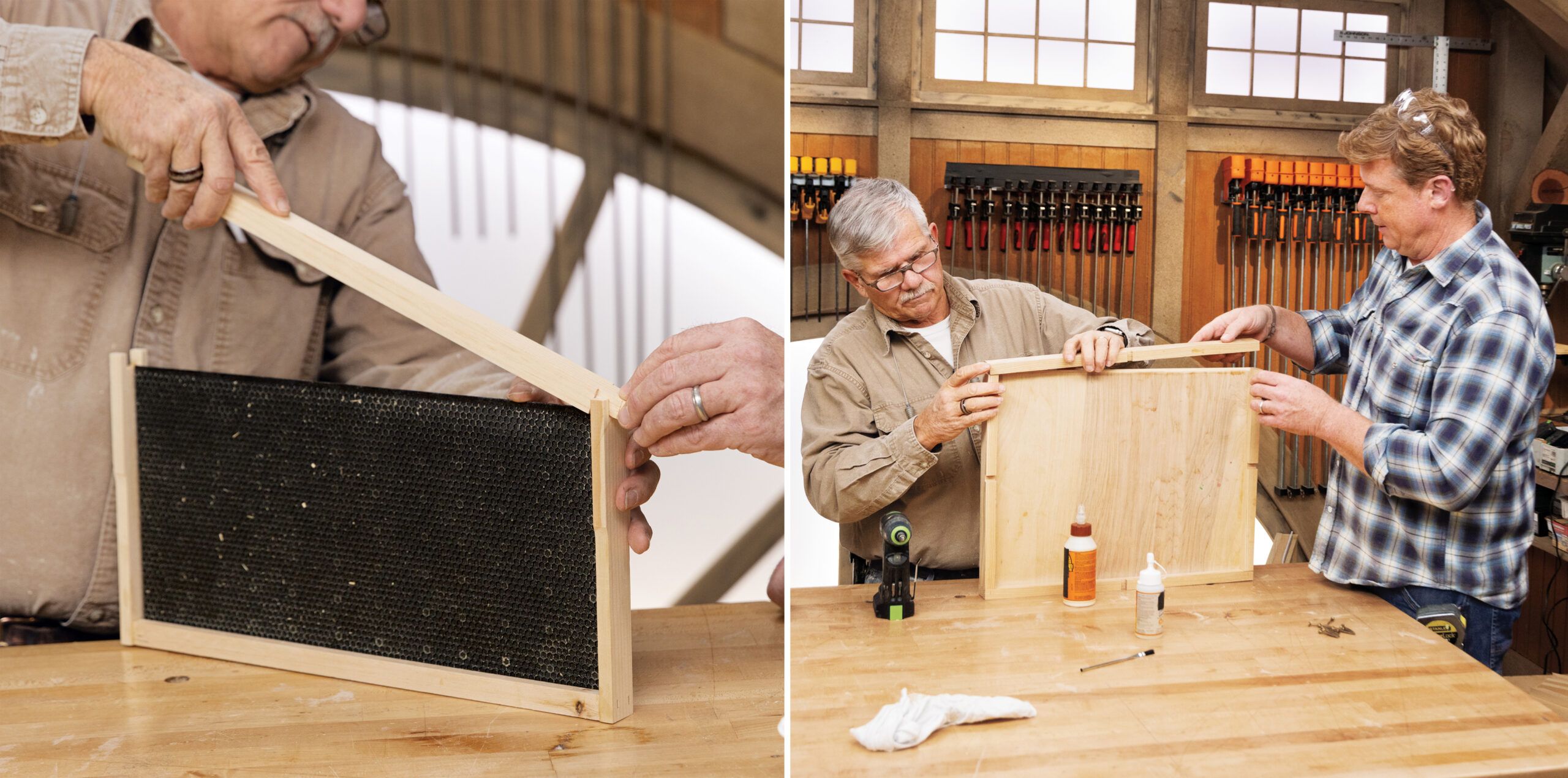
Step 9: Assemble the Frames
Begin frame assembly by gluing and stapling the bottom frame piece between the two side pieces. Slide a honeycomb foundation sheet into the groove in the bottom piece. Then, slip the top frame piece into the side dadoes and secure it with glue and staples. Repeat this process for all ten frames, ensuring each is square and sturdy. These frames support the entire honeycomb infrastructure, impacting the bees’ productivity and health.
Step 10: Build the Inner Cover
The inner cover helps with ventilation and provides an upper entrance for the bees. Rip a 3/8-inch-deep by 1/4-inch-wide groove in the center of the cover’s four frame pieces. Cut them to length, and with the grooves facing inward, butt, glue, and nail together three sides. Slide a 1/4-inch plywood panel into the groove, then attach the fourth side. Use a hole saw to cut a 2 1/2-inch hole in the top for ventilation. This cover plays a crucial role in maintaining the hive’s internal environment.
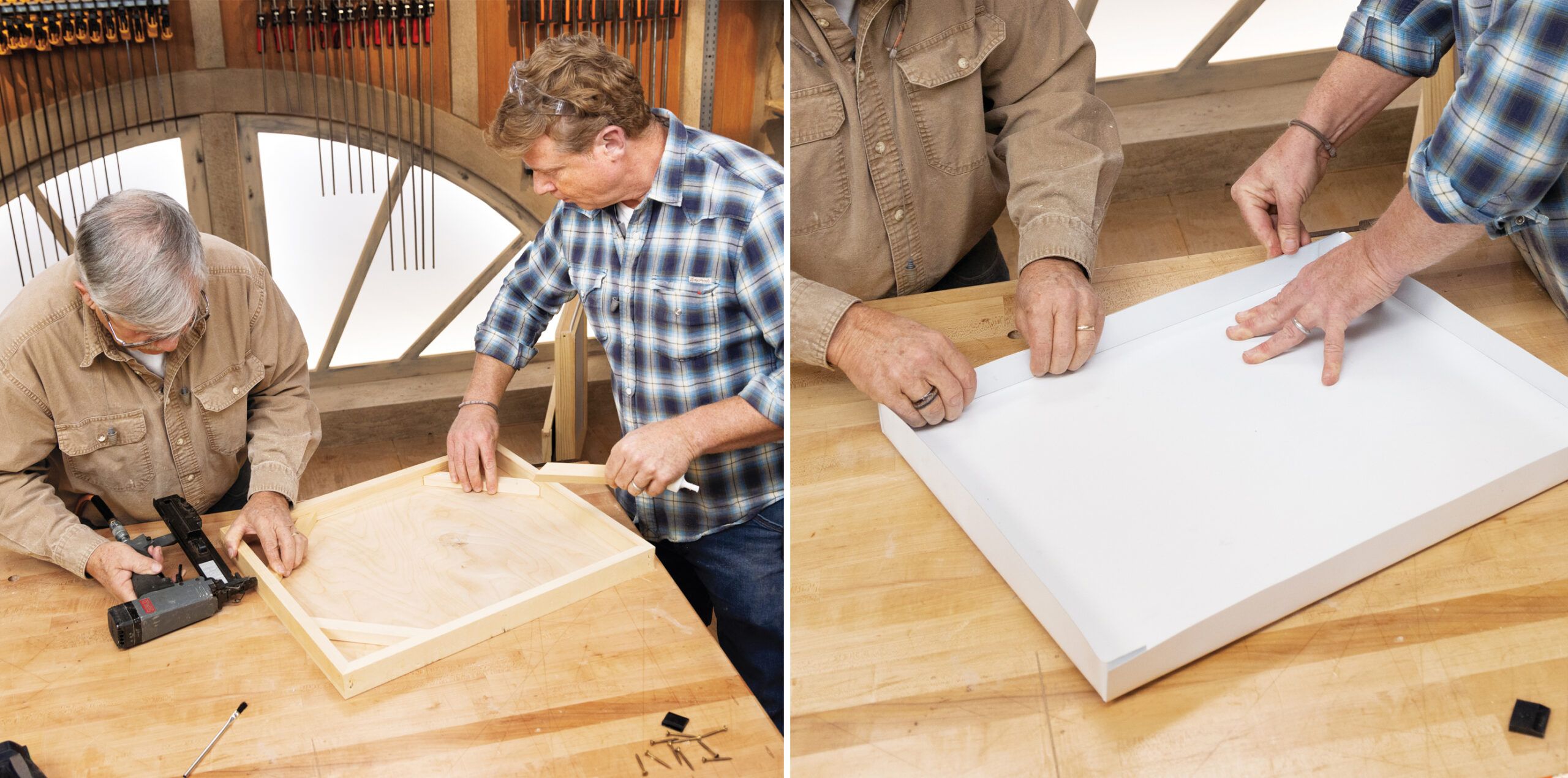
Step 11: Assemble the Outer Cover
Create 1/4-inch by 1/4-inch rabbets on the top inner edge of each outer cover side piece. Glue and staple the mitered corners together, then glue and staple another 1/4-inch panel to the rabbet. Flip the cover over and reinforce it by gluing and nailing the mitered braces to each inside corner. This outer cover shields the hive from various environmental threats, ensuring overall durability. Updating the outer cover periodically can enhance the hive’s longevity.
Step 12: Cap It
Cut the aluminum sheet to size with tin snips, then score it 1 1/2 inches from the edge all around. Carefully bend the edges up and tuck in the corner tabs. Place this metal cap over the outer cover and secure it by stapling at the corners. This weatherproof cap will protect your hive from rain and snow. Proper sealing of this cap prevents moisture infiltration, preserving the hive’s internal conditions.
TIP: One Box May Not be Enough
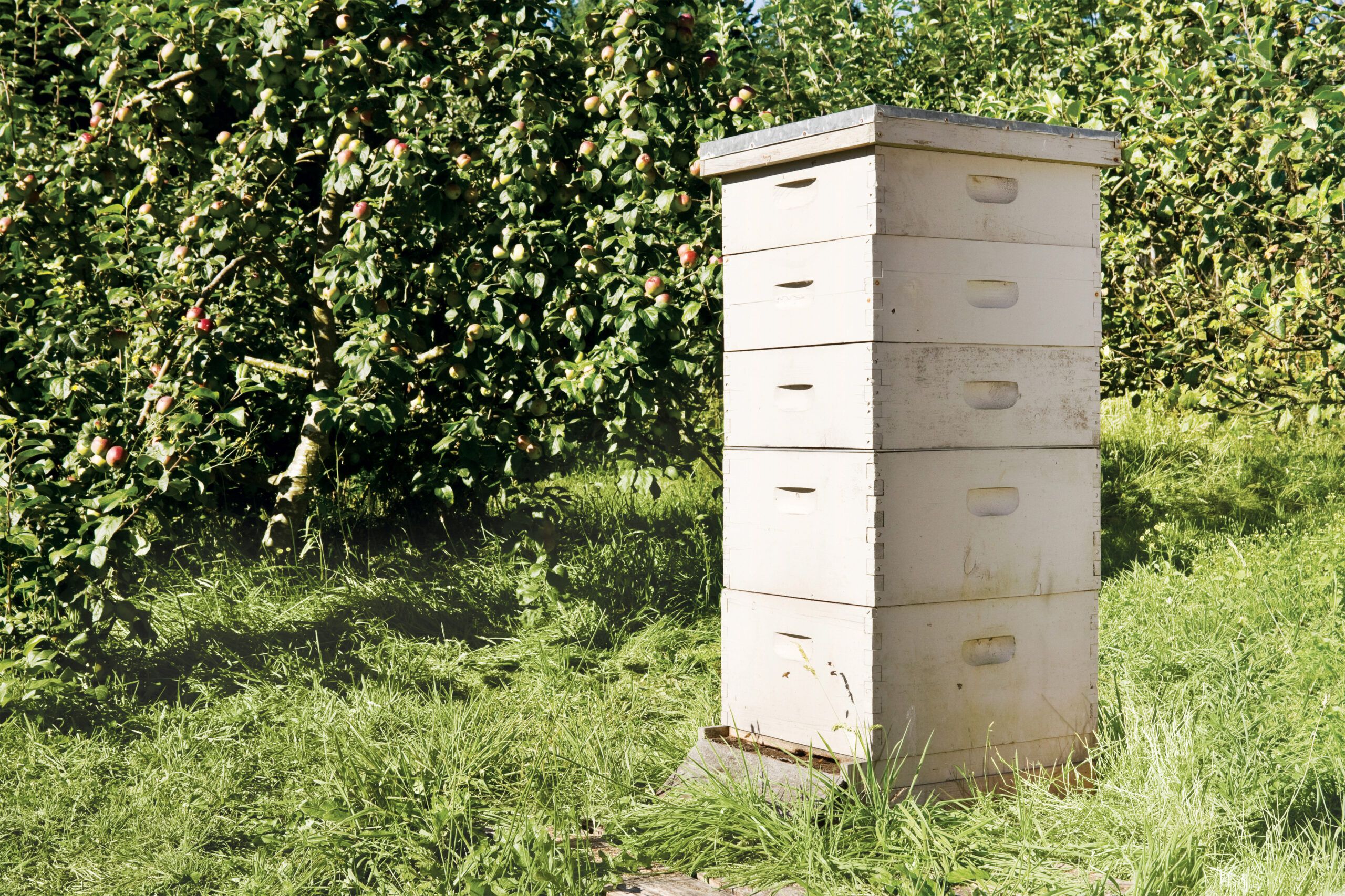
While a single hive body can house about 60,000 bees, a thriving colony in a pollen-rich area may quickly outgrow this space. Consider building additional boxes and frames to stack on top of your initial hive. This expansion not only gives the bees more room to grow but also allows them to store extra honey for winter survival. Monitor your hive’s growth and be prepared to add more space as needed.
Resources
There are a lot of beehive plans to choose from online. Try these free beehive plans from The Spruce.
